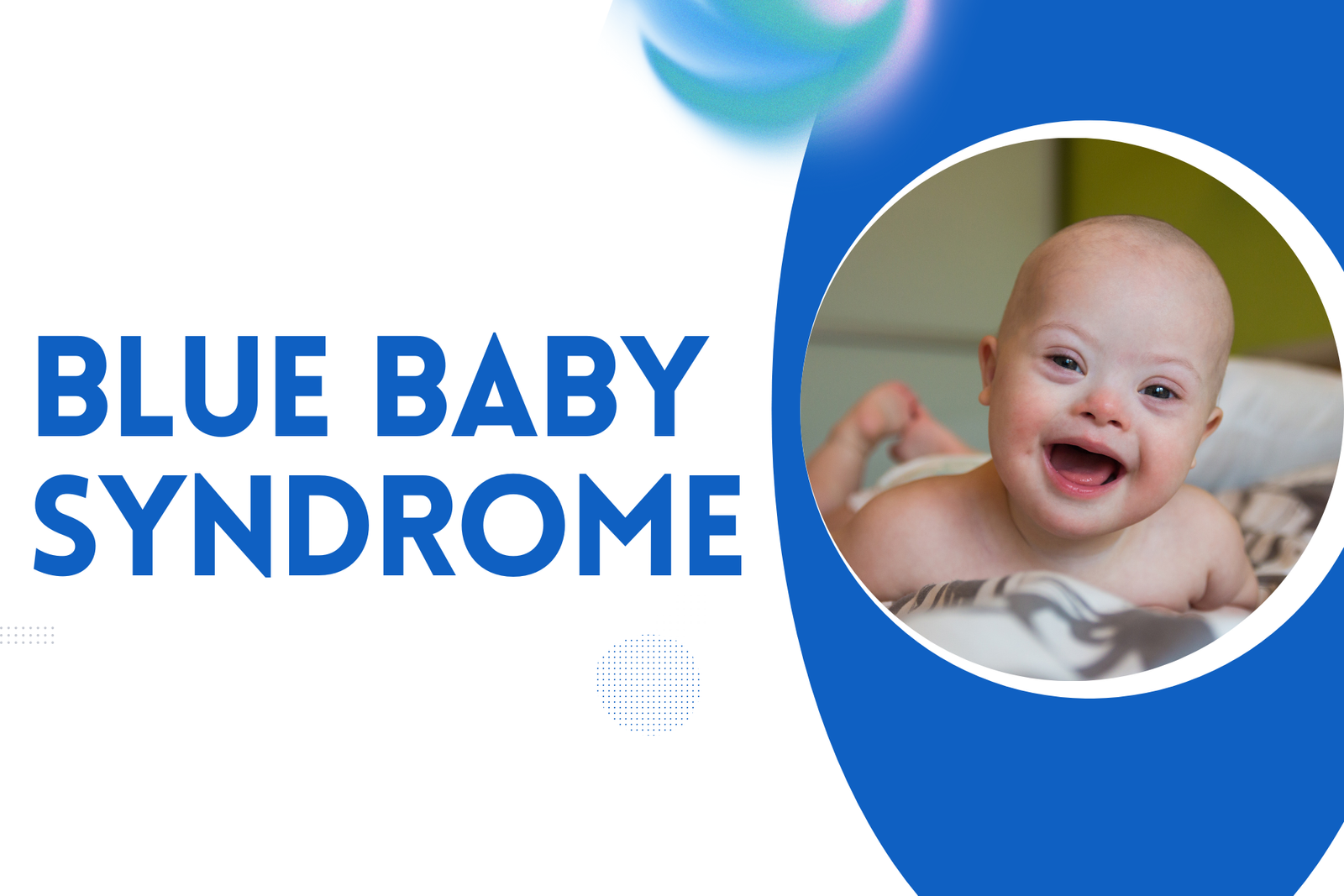Blue baby syndrome, medically known as cyanosis, is a condition that can be alarming for parents and requires urgent medical attention. In this comprehensive guide, we’ll delve into the intricacies of blue baby syndrome, exploring its causes, symptoms, and modern treatment options available to ensure the well-being of your child.
Understanding Blue Baby Syndrome
Blue baby syndrome gets its name from the bluish discoloration of a baby’s skin, lips, and nails. This occurs due to a lack of oxygen in the blood. Oxygen-rich blood is typically red, while oxygen-depleted blood is bluish-purple. When a baby’s blood doesn’t carry enough oxygen, this characteristic bluish hue becomes noticeable.
Causes of Blue Baby Syndrome
Several factors can contribute to blue baby syndrome, including:
- Heart Defects: Structural abnormalities in the heart can hinder the proper circulation of oxygenated blood.
- Respiratory Issues: Conditions like pneumonia or respiratory distress can lead to decreased oxygen levels in the blood.
- Tetralogy of Fallot: A congenital heart defect that involves multiple heart abnormalities.
- Methemoglobinemia: A rare genetic disorder that affects the blood’s ability to carry oxygen.
- Circulatory Problems: Issues with blood vessels or blood flow can disrupt oxygen distribution.
Recognizing Symptoms
Identifying the symptoms of blue baby syndrome is crucial for prompt intervention. While the most evident sign is the bluish discoloration of the skin, lips, and nails, other symptoms include:
- Rapid Breathing: A baby may breathe faster than usual in an attempt to compensate for low oxygen levels.
- Poor Feeding: Difficulty in feeding, often accompanied by fatigue.
- Irritability: Babies might become unusually fussy or agitated.
- Difficulty in Sleeping: Restlessness and trouble sleeping are common.
- Delayed Growth: In severe cases, poor oxygenation can affect a baby’s growth and development.
Modern Treatment Approaches
Thanks to advances in medical science, there are several effective treatment options available for blue baby syndrome:
Surgery
In cases where structural heart defects are causing the issue, surgical intervention might be necessary to correct the anomalies. Skilled pediatric cardiac surgeons can perform procedures to repair or reconstruct heart structures, improving blood circulation and oxygenation.
Medications
Certain medications can help improve blood oxygen levels by addressing underlying issues. For example, prostaglandin medications can keep the ductus arteriosus open, allowing blood to bypass areas with inadequate oxygenation.
Hyperbaric Oxygen Therapy
In cases of methemoglobinemia, hyperbaric oxygen therapy is employed to increase oxygen levels in the blood. During this therapy, the patient breathes pure oxygen in a pressurized chamber, aiding in oxygen saturation.
Heart Catheterization
Less invasive than surgery, heart catheterization involves inserting a thin tube into the heart to diagnose and sometimes treat heart defects. This procedure is particularly useful for precise diagnosis and certain interventions.
Prevention and Outlook
Preventing blue baby syndrome involves proper prenatal care and early diagnosis of congenital heart defects during pregnancy. Regular prenatal check-ups, genetic screenings, and medical history evaluations are essential.
With timely and appropriate treatment, the outlook for babies with blue baby syndrome has significantly improved. Advances in medical technology and the expertise of pediatric cardiologists have increased the chances of successful intervention and a positive outcome.
Conclusion
Blue baby syndrome can be a distressing condition for parents, but with the right medical care and prompt intervention, it can be managed effectively. By understanding the causes, recognizing the symptoms, and exploring modern treatment options, parents can ensure their child’s well-being and bright future.


